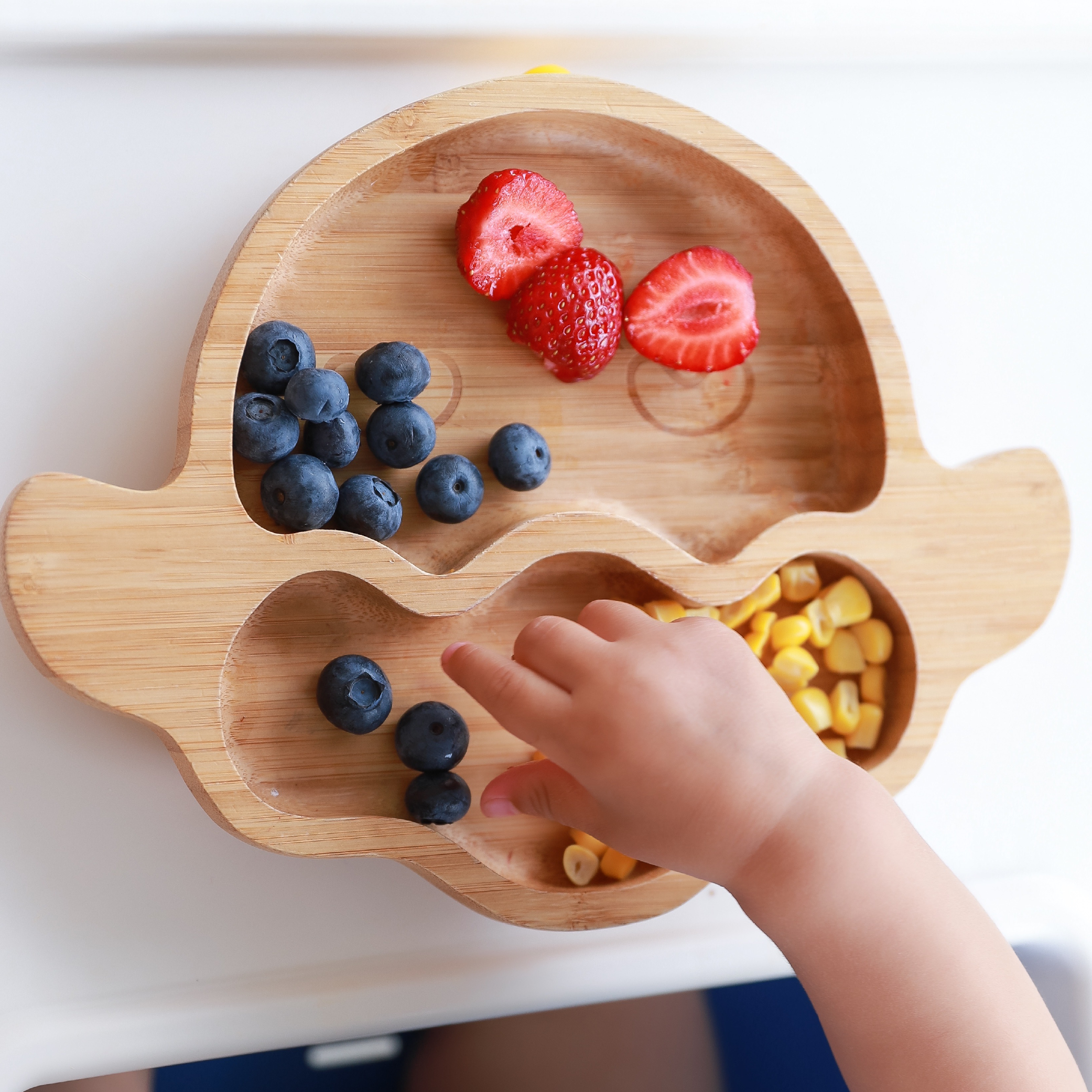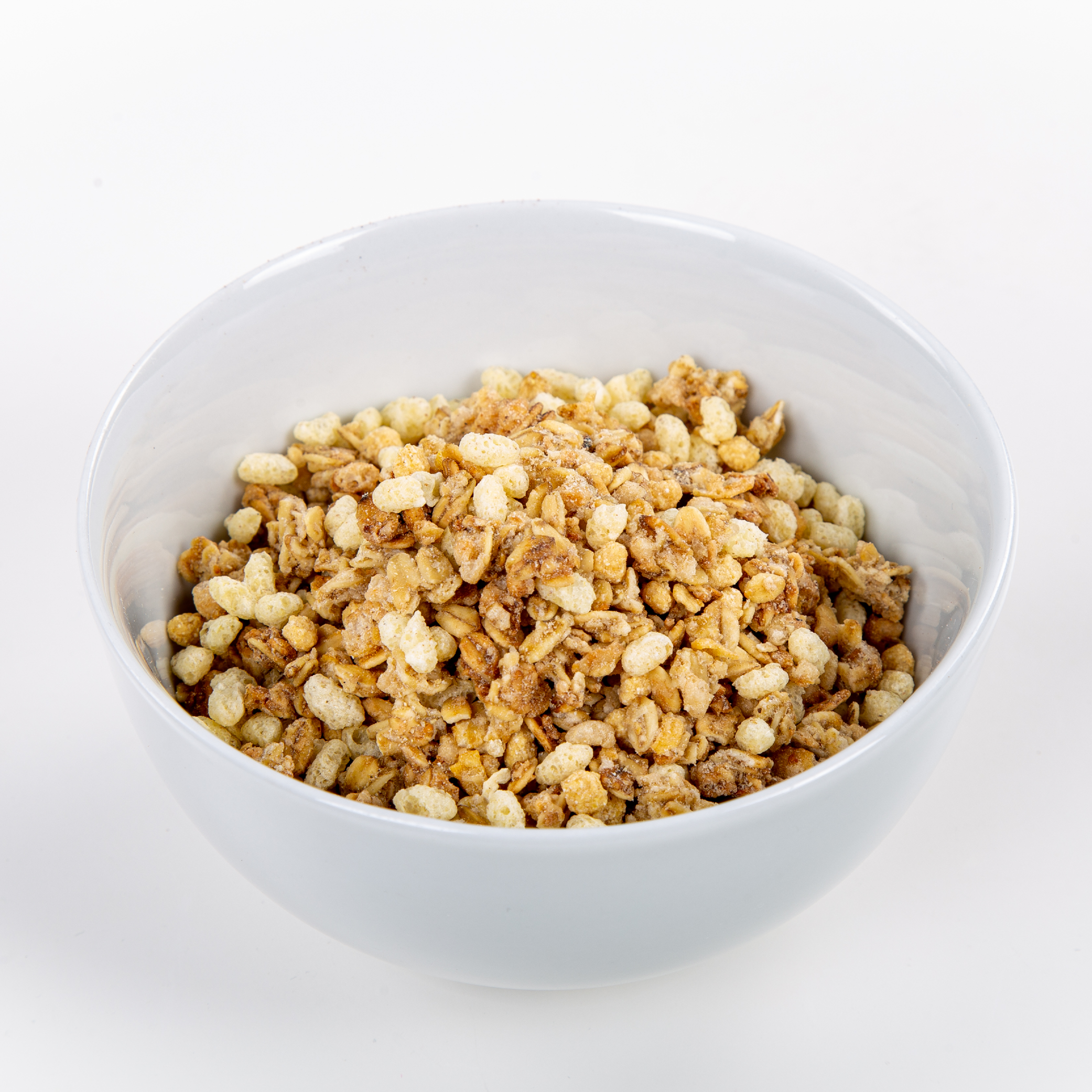CREATIVE WAYS TO INCLUDE FIBRE IN YOUR CHILD’S DIET

If you’re a parent then you’ll know that it’s not always smooth sailing when it comes to feeding your child. You take the time and effort to create delicious, well balanced meals and when you proudly serve it to your child their reaction is a scrunched-up face or ‘I don’t like it’, without them even giving it a taste. Your next go-to trick is for you to sample the food and exaggerate how tasty it is by saying ‘mmmm’ and ‘yummy’ but they look at you as if you’re crazy and still refuse to eat it. As a result, your child may go through stages of lacking fibre in their diet. Fibre is important for the digestion and absorption of food. Insufficient fibre may also be the reason that your child is frequently constipated. Here’s a few ideas to ensure that your child consumes sufficient amounts of fibre daily.
HOW MUCH FIBRE IS ENOUGH?
Studies show that the most practical guideline for fibre requirements is a minimum of the child’s age plus 5g for children over the age of two1.
Reading labels is an important part in making sure that you’re giving your child the best foods. High fibre foods contain more than 6g of fibre per 100g.

Let’s use the typical nutritional information for FUTURELIFE® Smart food™ as an example. This product is high in dietary fibre as it contains 6.1g fibre per 100g.
Below are a few practical recommendations that you can follow from day to day for each meal to increase your child’s fibre consumption.
BREAKFAST
If chosen well, breakfast can make a brilliant contribution to your child’s daily fibre requirements. FUTURELIFE® has a range of great breakfast options that are high in dietary fibre, these include the FUTURELIFE® Smart food™ range as well as our fibre “hero”, FUTURELIFE® Bran Flakes and Barely with Probiotic Capsules. For children who prefer toast in the morning, FUTURELIFE® HIGH PROTEIN Brown Bread™ is also high in fibre. Try to include a fruit or nuts at breakfast to further increase the fibre content.
SNACKS
- Offer fresh fruit to snack on. Be creative and make fruit skewers or fun shapes out of the fruit to encourage them to eat it.
- Offer fresh vegetable sticks with a dip like hummus. Hummus consists primarily of chickpeas which are a great source of fibre. Children will also love the idea of dips!
- If you offer yoghurt as a snack, add fresh fruit to it.
- If you offer crackers make sure that these are wholegrain or high in dietary fibre.
- Use healthy spreads like sugar free peanut butter as a topping for crackers or fruit (tastes great with green apples). Peanut butter is a great way to add a little extra fibre to their diet.
- Homemade popcorn can be offered as a healthy wholegrain snack to older children.
- Try baking your own biscuits and muffins for treats. FUTURELIFE® Smart food™ makes a great substitute for flour in recipes. These products are not only high in dietary fibre but also packed with vitamins and minerals. Simply substitute half the amount of flour in your favourite biscuit recipe with FUTURELIFE® Smart food™.
- If your child prefers a treat of crumpets or pancakes our website www.futurelife.com for recipe ideas.
LUNCH AND DINNER
Include a starch option that is high in dietary fibre in every meal.
- Remember to read labels and choose a bread that is high in dietary fibre.
- Choose brown rice over white rice. If your child refuses to eat brown rice then do a mixture of the two.
- Choose a whole wheat pasta and avoid instant noodles that are low in fibre.
- Add beans or lentils to rice, soups or as a side dish for meals to increase the fibre content of a meal.
- Leave the skins on your vegies where possible. Vegetable skins containing fibre that can be eaten include skins of potatoes, sweet potatoes, cucumbers, carrots and aubergine.
TIPS
- Remember to ensure that your child is consuming sufficient amounts of fluids as this is also a key factor for good digestive health. Offer them water throughout the day.
- If you struggle to get your child to consume sufficient amounts of vegetables then try using a juice extractor or blender to make fruit and vegetable juices. These can also be frozen to make healthy ice lollies for hotter days. For added fibre blend in a variety of nuts or add a tablespoon of FUTURELIFE® Smart food™.
LET’S CALCULATE
If your child is four years old they would need a minimum of 9g of fibre daily (age plus 5g). Let’s do a quick calculation (rounded up the nearest gram) to see how you can meet this with everyday foods.
|
Food item |
Grams of fibre |
|
25g FUTURELIFE® Smart food™ |
1.6g |
|
1 slice FUTURELIFE® HIGH PROTEIN Brown Bread™ |
2.5g |
|
1 serving of starch such as rice, pasta etc. |
± 0.9g |
|
½ medium fruit |
±2g |
|
¼ cup cooked vegetables |
±2g |
|
TOTAL |
9.0g |
As you can see, it’s not that difficult to meet your child’s daily fibre requirements. Make gradual changes to their current diet. Every small change will add up to a diet that is high in dietary fibre, they will also teach your child good habits at a young age for a lifetime of healthy eating.
REFERENCES









